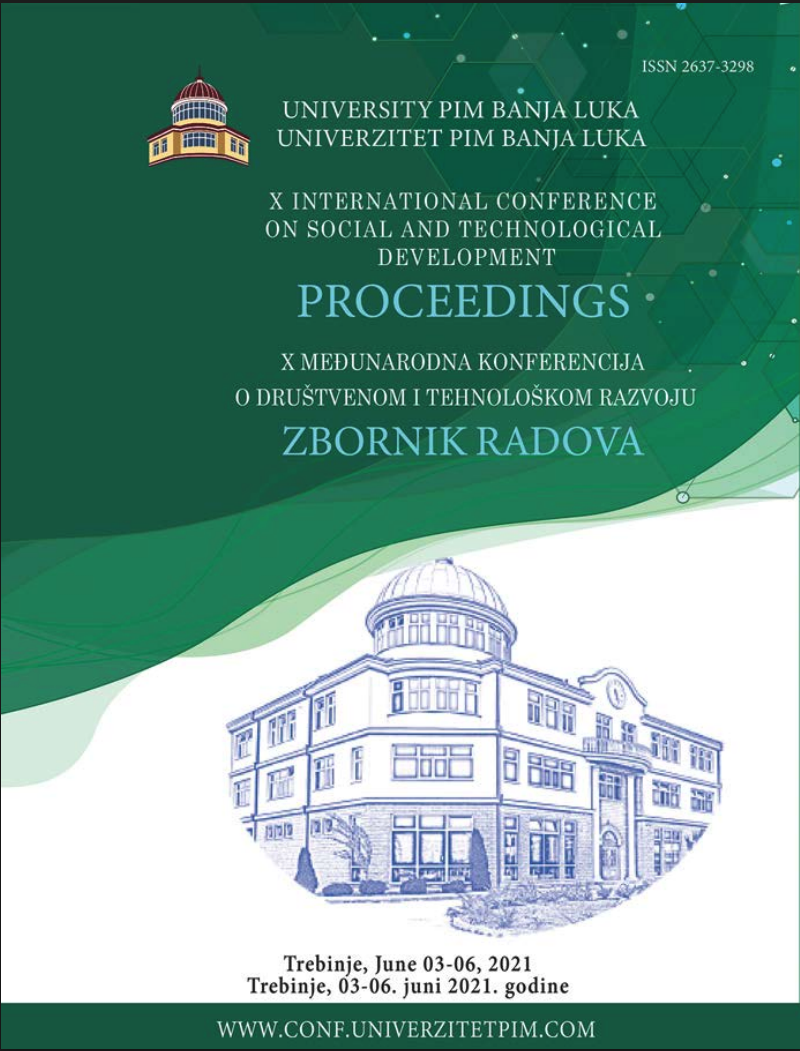
This is an open access article distributed under the Creative Commons Attribution License which permits unrestricted use, distribution, and reproduction in any medium, provided the original work is properly cited.
Faculty of Technology Novi Sad, University of Novi Sad , Novi Sad , Serbia
Faculty of Technology, University of Nis , Niš , Serbia
Faculty of Technology Novi Sad, University of Novi Sad , Novi Sad , Serbia
Faculty of Technical Sciences Čačak, University of Kragujevac , Kragujevac , Serbia
Faculty of Technology Novi Sad, University of Novi Sad , Novi Sad , Serbia
Faculty of Technology Novi Sad, University of Novi Sad , Novi Sad , Serbia
Environmental threats such as pollution, climate change, depletion of fossil fuels reserves has imposed an urgent need to take action in looking for sustainable solutions. One of the items of environmental protection is energy saving, which is especially important in manufacturing of widespread use materials such as acrylate superabsorbents. The global market for superabsorbents is growing and entails their simple, ecological, cost-effective manufacturing. Energy-efficient production provides reduction of time, production costs and CO₂ emissions and increases product competitiveness in the market. Increasing energy efficiency in the production of acrylate hydrogels can be achieved using the microwave instead of conventional heating, which significantly simplifies the whole procedure, reduces the synthesis duration a few dozen times, resulting in high yield and specific hydrogel morphology that enables fast swelling response. Results of swelling measurements in phosphate buffer (pH 7.4) have shown that swelling ratio increases with increasing in acrylic acid amount in hydrogel composition. Swelling of hydrogels at pH 7.4 and 37 ºC follows the second-order kinetics. Swelling ratio-time dependence was estimated using the regression analysis as a fast and simple method based on the assumption of the equation for a given empirical dependence.
The statements, opinions and data contained in the journal are solely those of the individual authors and contributors and not of the publisher and the editor(s). We stay neutral with regard to jurisdictional claims in published maps and institutional affiliations.